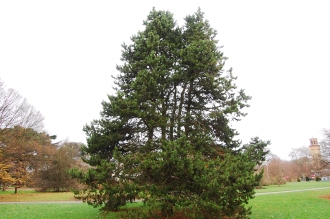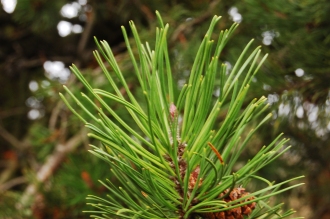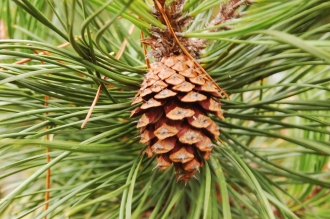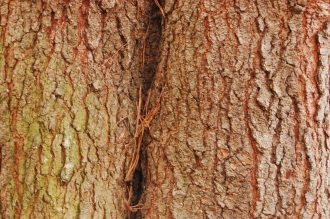Position: Full sun to light shade
Soil: Moist, well drained
Flowering period: Spring
Eventual Height: 15m
Eventual Spread: 8m
Hardiness: 1, 2a, 2b, 3a, 3b, 4a, 4b, 5a, 5b, 6a, 6b, 7a, 7b, 8a, 8b, 9a
Family: Pinaceae
Pinus contorta is a fast growing evergreen tree with a conical to narrowly rounded crown. There is significant genetic variation within this variety of tree. Its pale green leaves are needle like with a serrated edge, up to 8cm long, 2mm across and appear in pairs. Its grey/ brown bark is platy to furrowed. Its trunk may achieve a diameter of up to 90cm. Its flowers are monoecious (individual flowers are either male or female on the same plant) and are wind pollinated. Its pale red/ brown fruit are pendant ovoid cones, up to 6cm long and 4cm across.
Pinus contorta, commonly known as Longpole Pine, Shore Pine, Beach Pine or Twisted Pine, is native to west North America. In its native habitat it grows near ocean shores and in dry mountain forests. This tree is considered an invasive species in New Zealand.
The etymological root of the binomial name Pinus is from the ancient Latin name for the Pine tree. Contorta is derived from the Latin contortum meaning ‘tangled’.
The landscape architect may find Pinus contorta useful as an evergreen tree. This tree is tolerant of maritime conditions and air pollution. Once established this tree is drought tollerant.
Ecologically, Pinus contorta seed is attractive to some birds and mammals.
Pinus contorta prefers moist, humus rich, well-drained soils. It tolerates most pH of soil. It tolerates nutrient poor soils.
The Royal Horticultural Society have given the variety Pinus contorta ‘Chief Joseph’ their prestigious Award of Garden Merit in 2012.
Pinus contorta requires little maintenance.
![]()
Landscape Architecture













